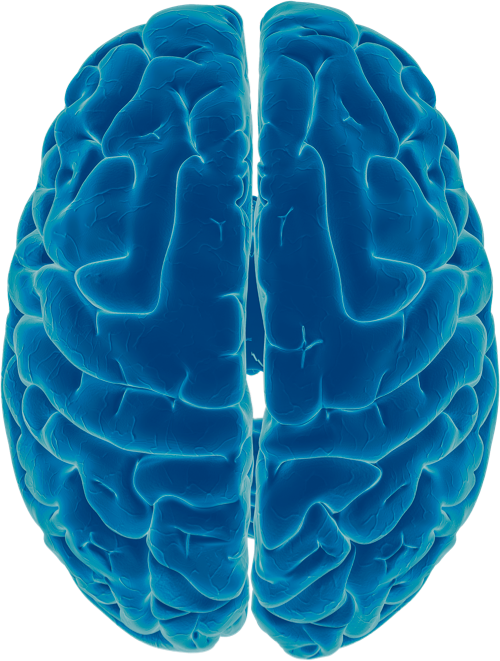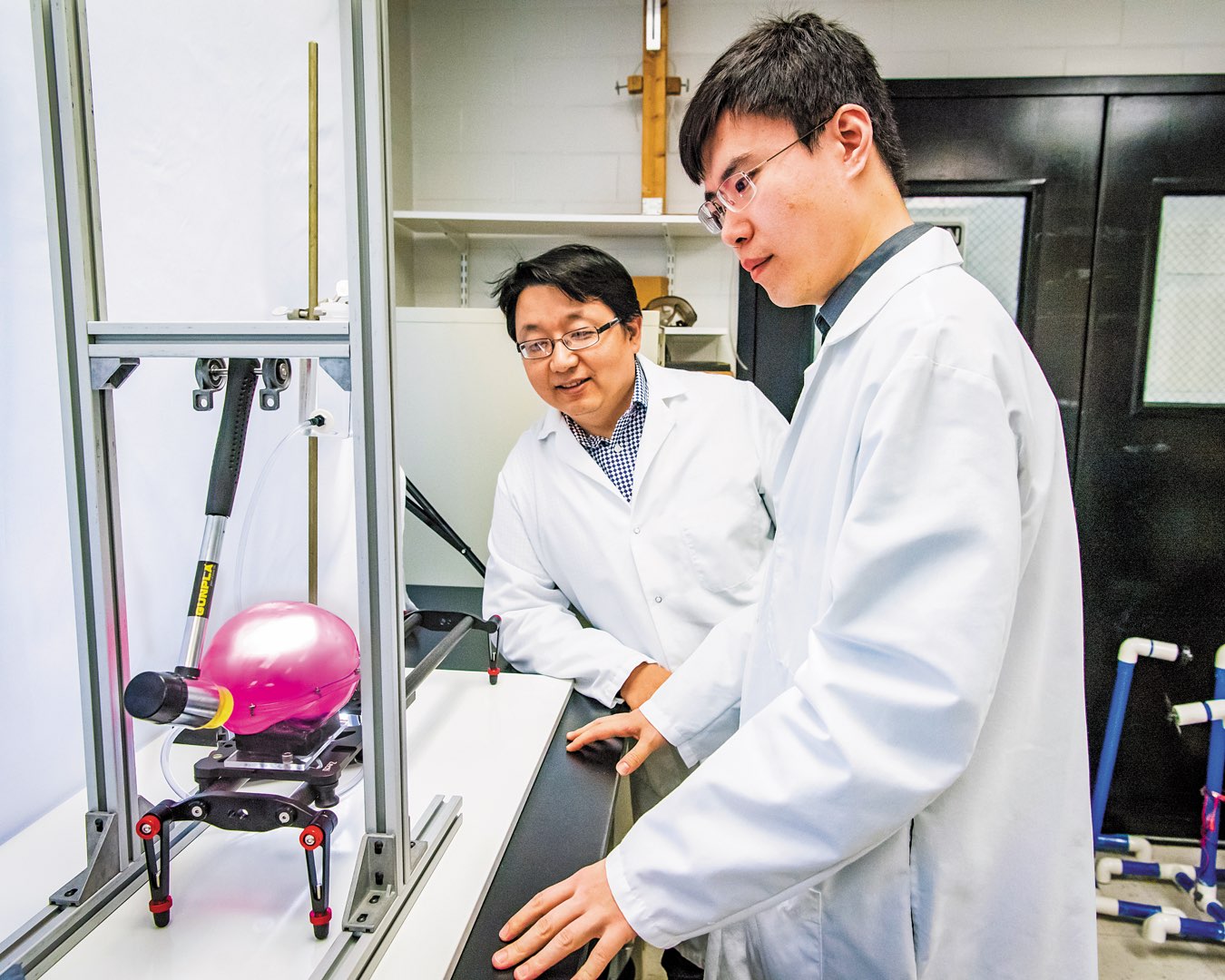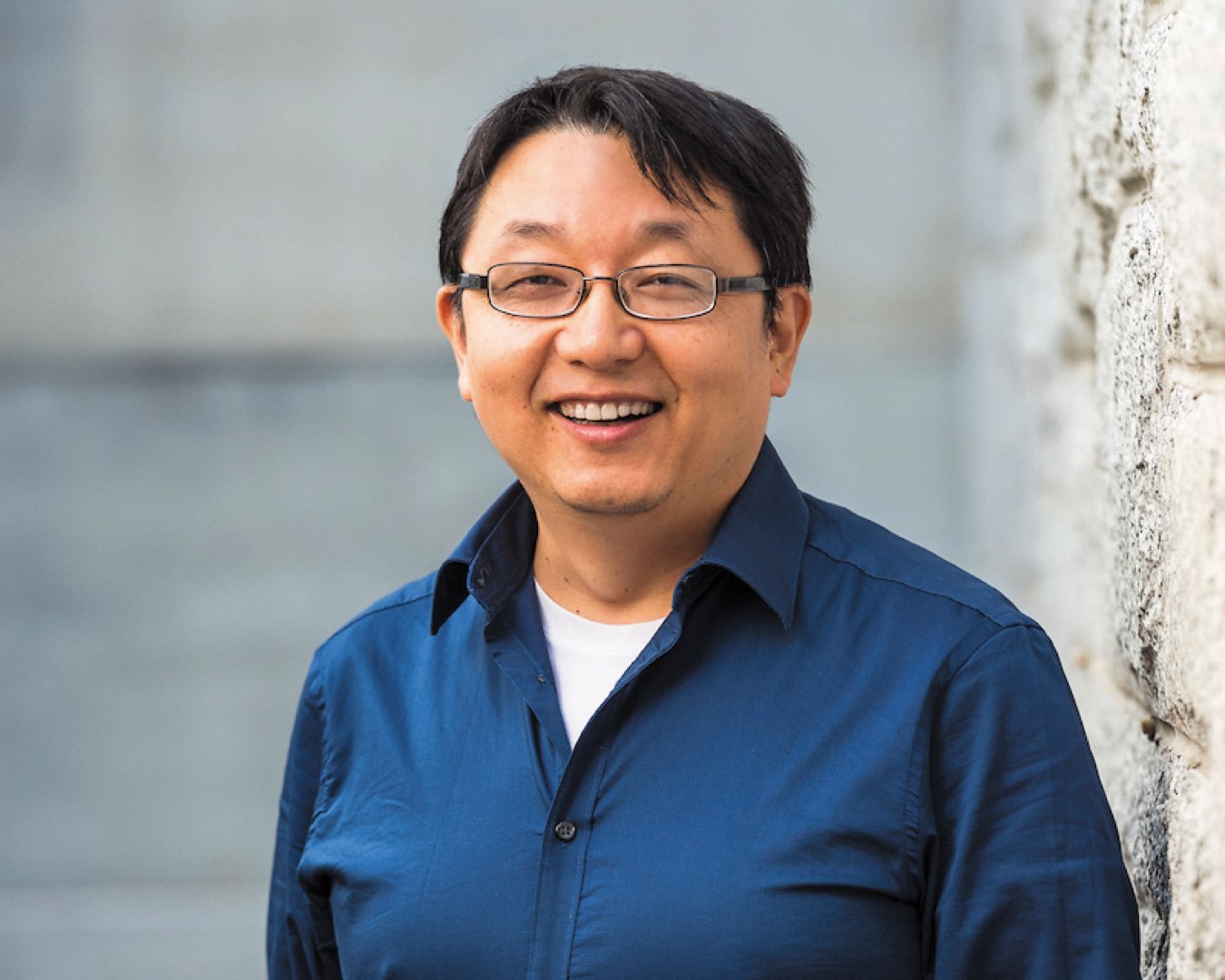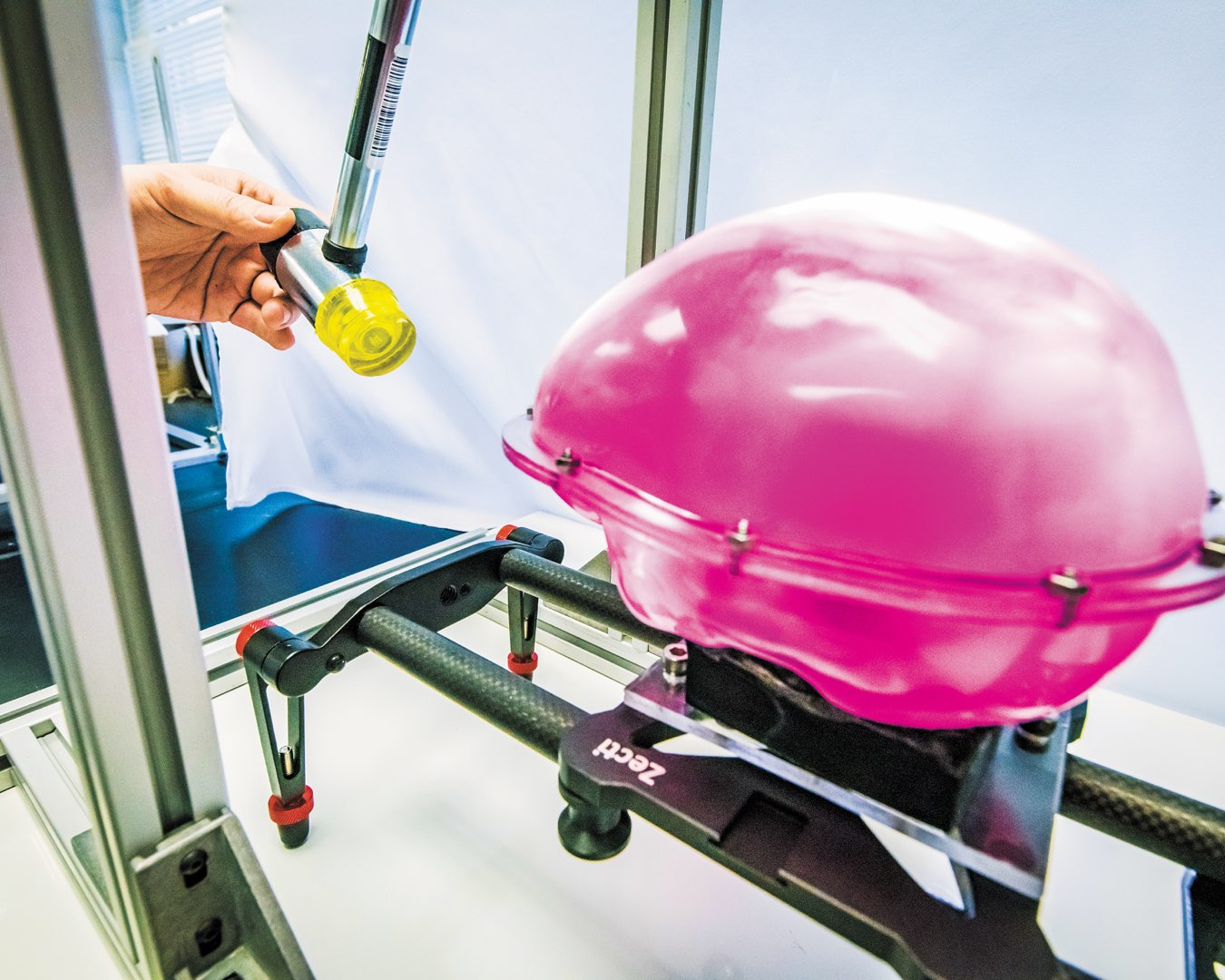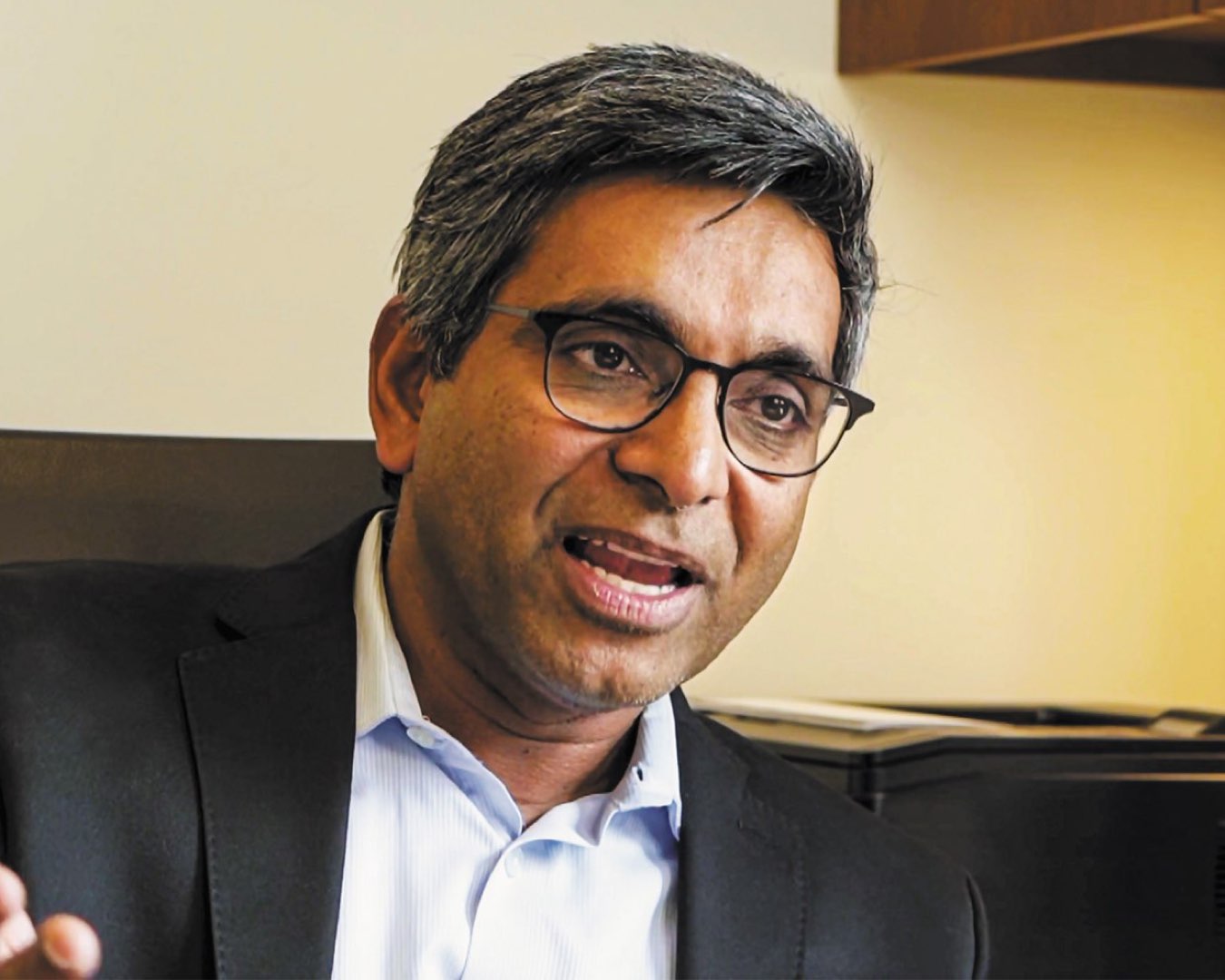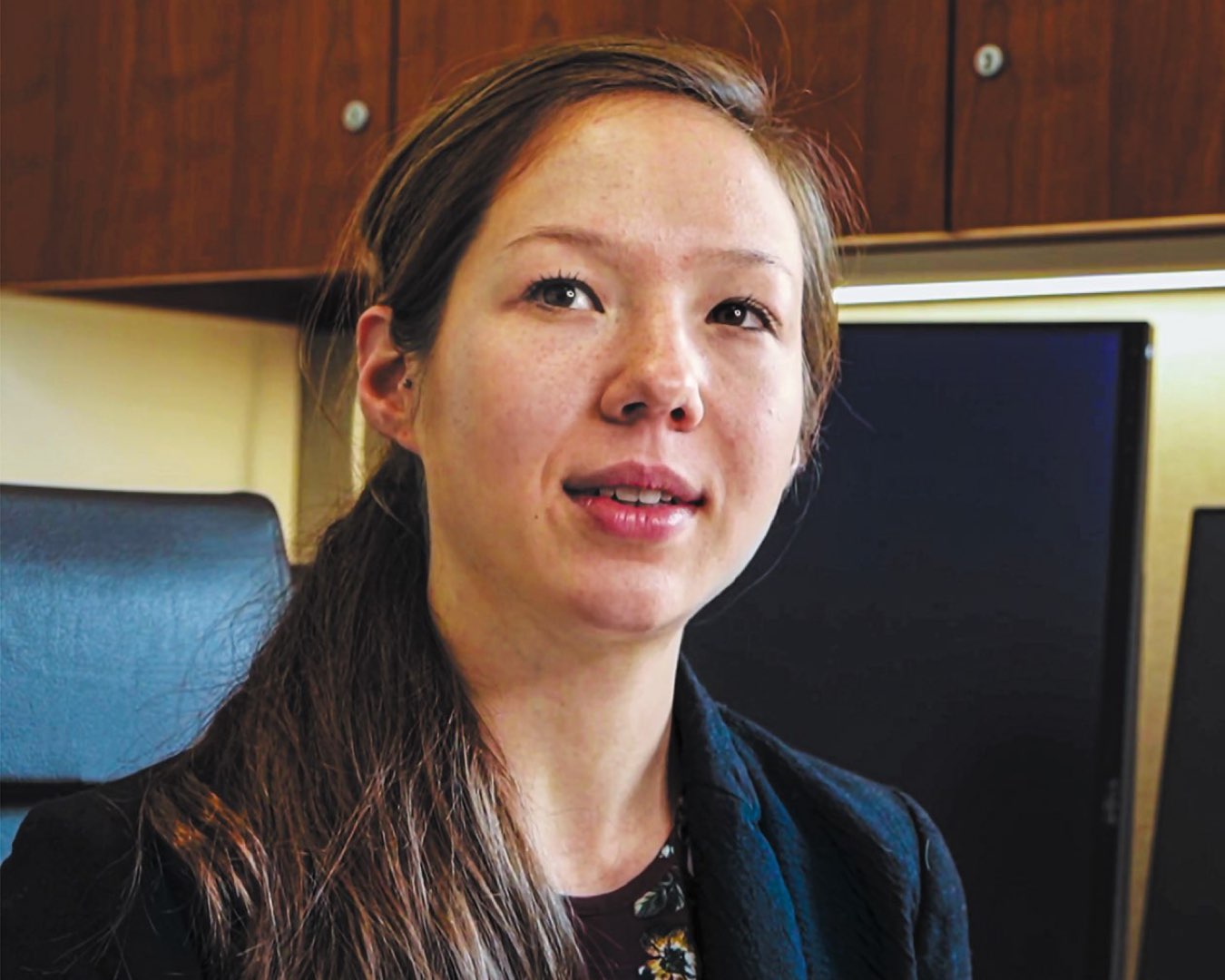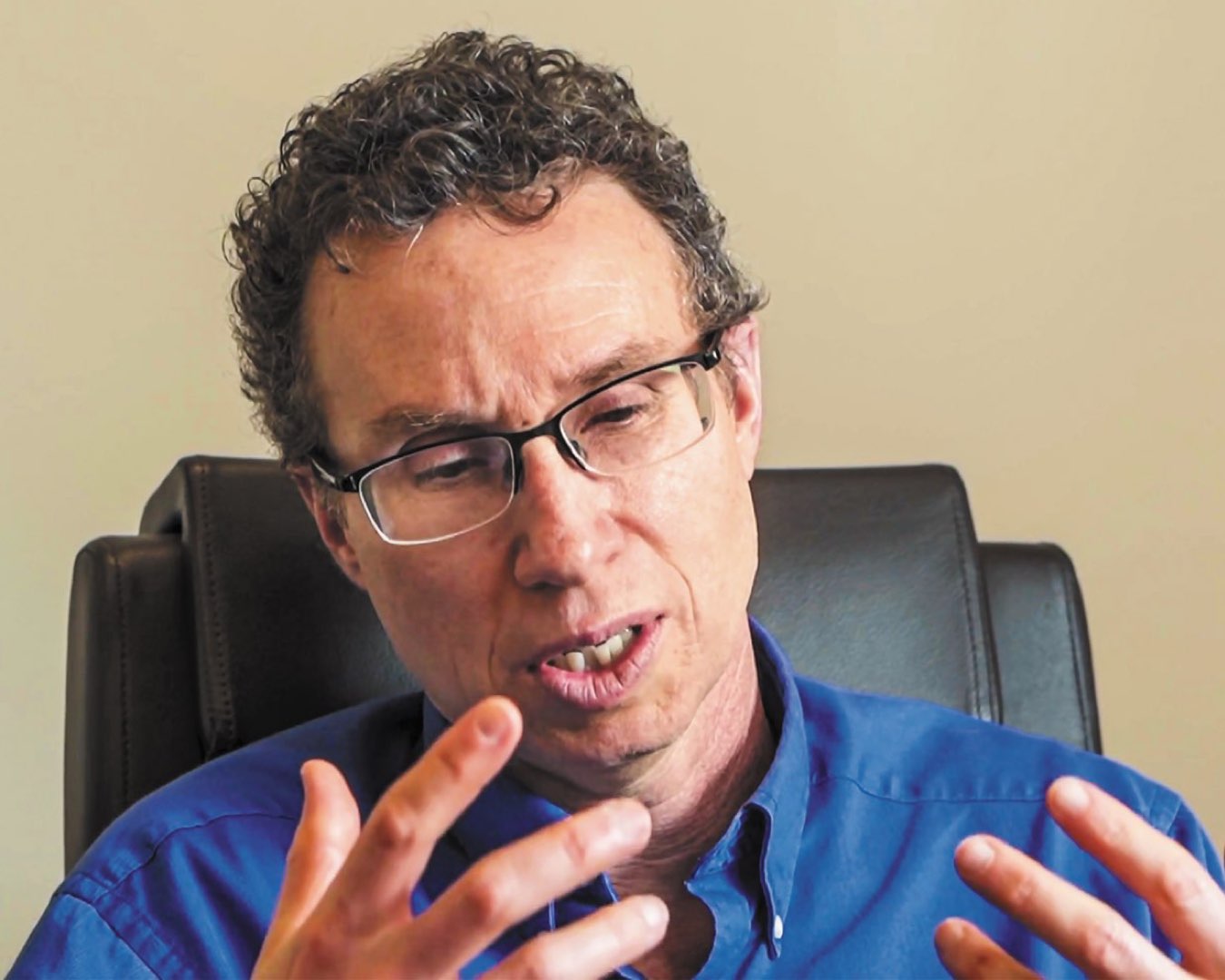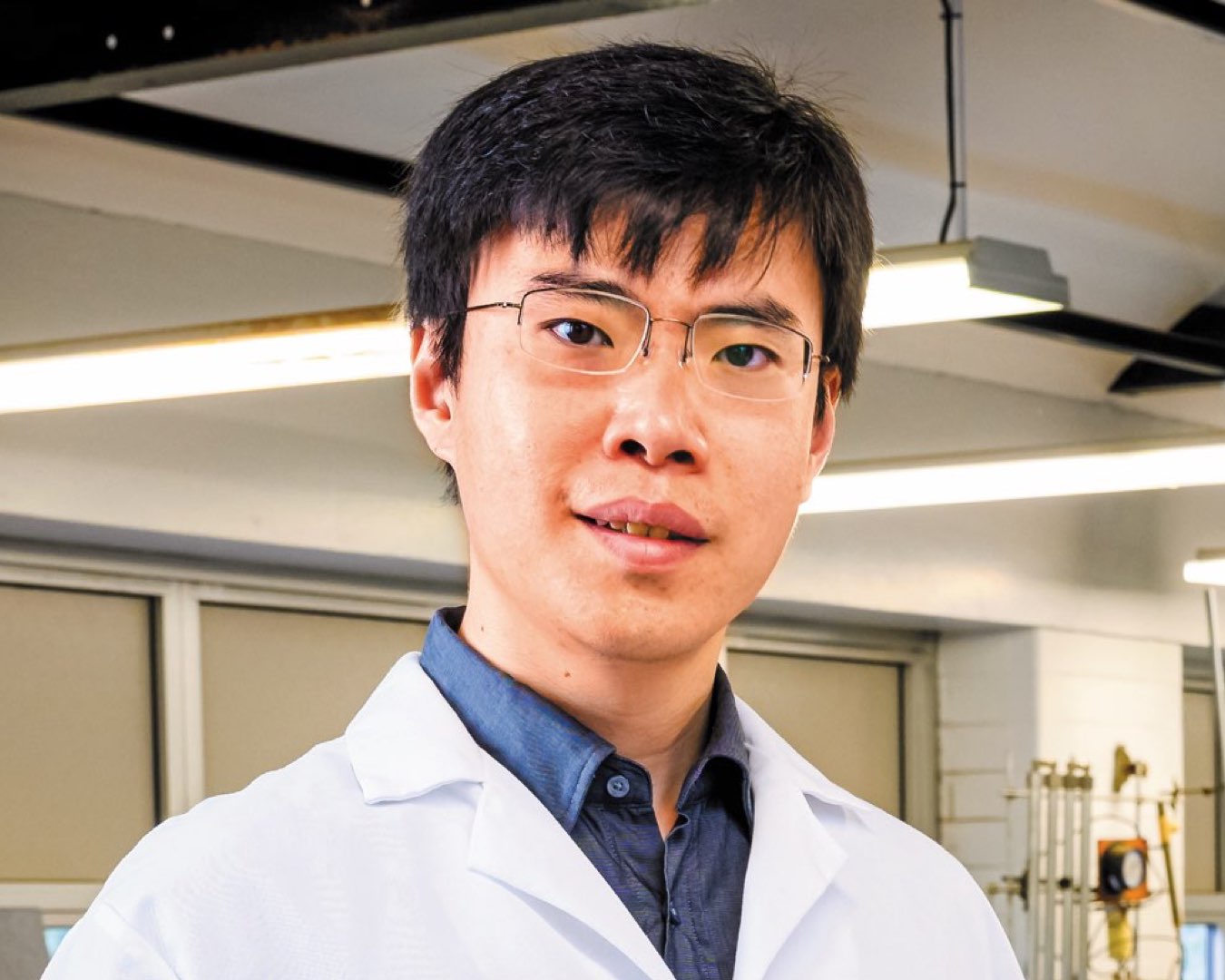A scientific milestone rests on the worktop in Villanova’s Cellular Biomechanics and Sports Science Laboratory in White Hall: a highly instrumented, first-of-its-kind “smart brain.” Separated from its transparent skull by a thin layer of fluid, the deeply creviced pink gel mold mimics the physiological makeup of the human brain.
Though it stops short of actually thinking, the smart brain holds important implications for research, diagnosis, treatment and prevention of traumatic brain injury (TBI). Inventor Qianhong Wu, PhD, director of the laboratory and associate professor of Mechanical Engineering, and his collaborators received a patent for this new technology in December 2018.
With it, they hope to advance fundamental understanding of how the human brain works and provide unprecedented access to its inner workings. Dr. Wu compares the technology to the black box recorder on an airplane. “When a plane goes down, officials know there has been an incident—but why it happened is discovered only when the black box is recovered,” he says. “Similarly, the smart brain can give us a better understanding of why a brain injury occurred.”
Equipped with high-speed cameras, accelerometers, and displacement and pressure sensors, the smart brain can record hard data pertaining to various types of impact, the actions they prompt and the injuries they cause in the brain. “Prevailing technology looks at the skull and brain as a whole, but we were determined to show what happens to the brain itself upon impact—something no one has done previously,” Dr. Wu explains.
“We’ve always known impact causes damage, but we’d never seen the mechanism that lies between the two,” he says. It was precisely this “between the lines” mystery that has eluded foundational science pertaining to TBI until now.
